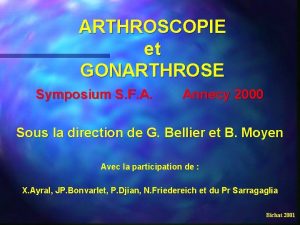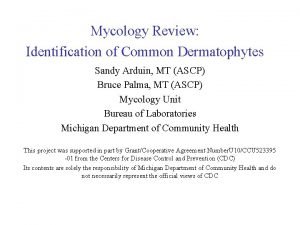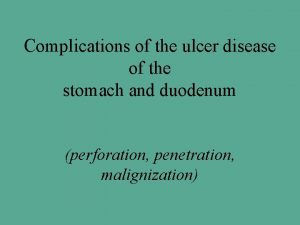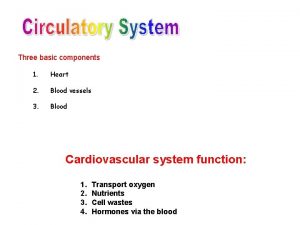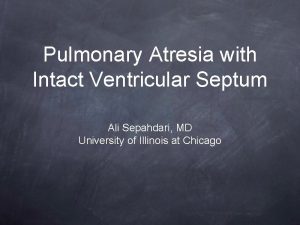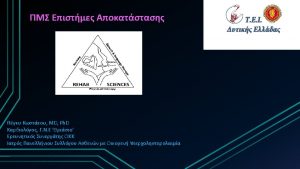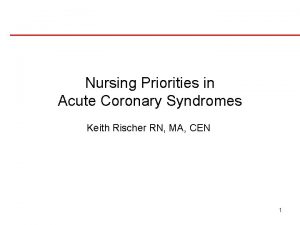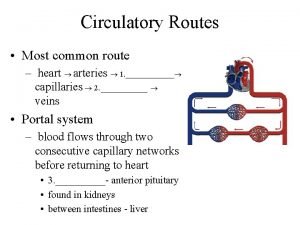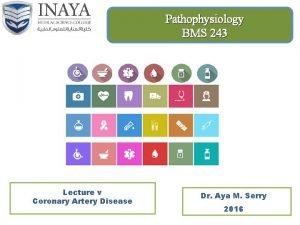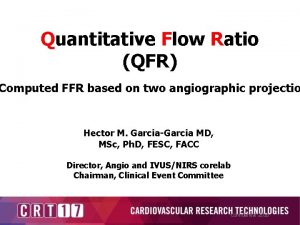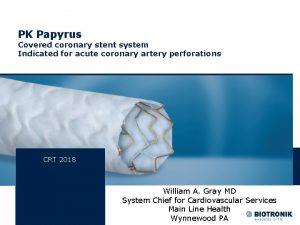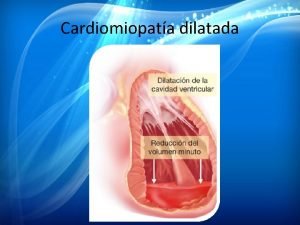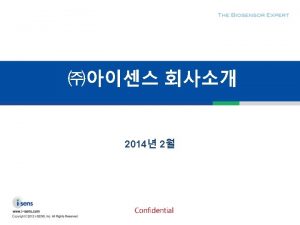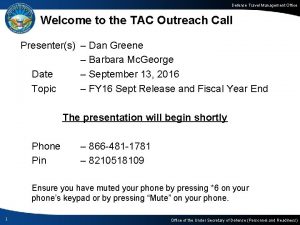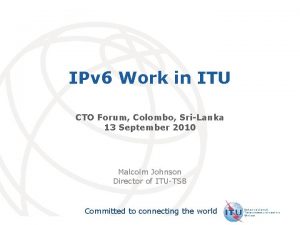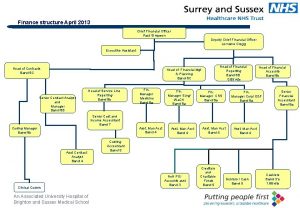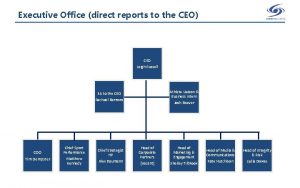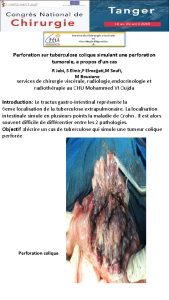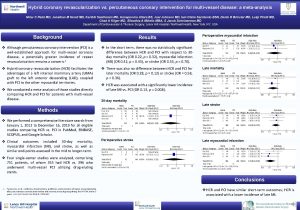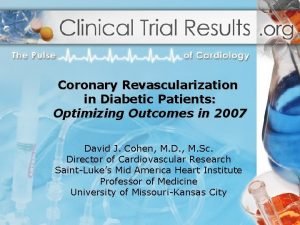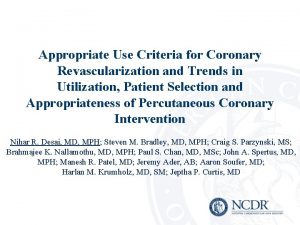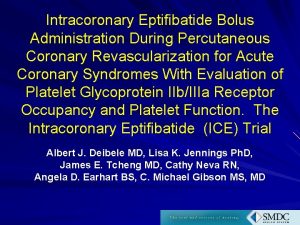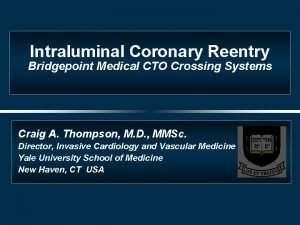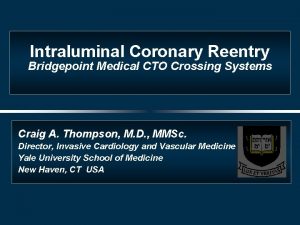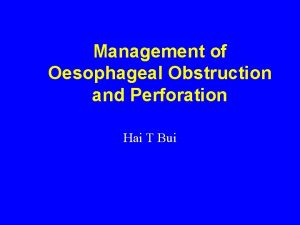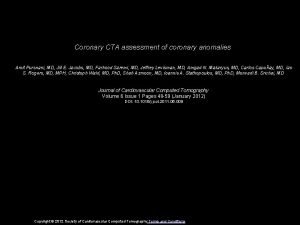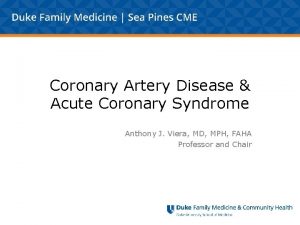Coronary Perforation in CTO Revascularization Management Issues David

































































- Slides: 65

Coronary Perforation in CTO Revascularization Management Issues David E. Kandzari, MD, FACC, FSCAI david. kandzari@piedmont. org Director, Interventional Cardiology, Piedmont Heart Institute Chief Scientific Officer, Piedmont Heart Institute Atlanta, Georgia

Disclosure Within the past 12 months, I or my spouse/partner have had a financial interest/arrangement or affiliation with the organization(s) listed below Affiliation/Financial Relationship Company Grant/Research Support Abbott Vascular, Cordis Corporation, Medtronic Cardio. Vascular Consulting Fees/Honoraria Abbott Vascular, Cordis Corporation, Medtronic Cardio. Vascular, Micell Technologies Major Stock Shareholder/Equity None Royalty Income None Ownership/Founder None Intellectual Property Rights None Other Financial Benefit None

Coronary Perforation In CTO Revascularization Often does not occur at the occluded segment nor is related to the guidewire… 12% CTO-related perforations due to balloon inflation, stent implantation, or atherectomy 1 Is not always manifest during the procedure… 45% events diagnosed after leaving the catheterization laboratory (mean time from PCI 4. 4 hrs)2 Is associated with substantial morbidity and mortality… Death (42%), emergency surgery (39%), MI (29%), transfusion (65%)2 1 Nakamura et al. AHA 2002, 2 Fejka, O’Neill et al. AJC 2002

Coronary Perforation Methods of Patient Management • Dual Catheter (‘Ping Pong’) Technique • Prolonged balloon inflation and covered stents • Reversal of anticoagulation — Know contradictions to protamine sulfate for UFH; Avoid bivalirudin, LMWH — Reserve GP 2 b 3 a inhibition until successful crossing and wire change-out Embolization • — Coil, gelfoam, methacrylate, autologous blood/fat • Microcatheter Occlusion • Confirmation of successful management — Contralateral injection — Right heart catheterization — Echocardiogram — Contrast echocardiography








Day 2 No further pericardial drainage, echo without effusion…pericardial catheter pulled Day 3 Enoxaparin for DVT prophylaxis initiated 8 hours later, PEA arrest Echo shows recurrence of effusion and tamponade physiology





Case Example 2











Case Example 3









Day 2 Stable overnight No further pericardial drainage Echo shows no recurrence of effusion In ICU, pericardial pigtail catheter pulled…. . Within 5 minutes, systolic blood pressure drops to <80 and bedside echo confirms recurrence of effusion Emergency pericardiocentesis draws off 650 cc immediately followed by continuous drainage of blood








Case Example 4













Case Example 5







 Stim gun
Stim gun Loop perforation
Loop perforation Ménisque annecy
Ménisque annecy Trichophyton rubrum colony
Trichophyton rubrum colony Jaringan epitel dapat ditemukan di
Jaringan epitel dapat ditemukan di Small intestine gangrene
Small intestine gangrene Perforation peritonitis
Perforation peritonitis Turburculousis
Turburculousis The bulliform cells on leaf epidermisfound in
The bulliform cells on leaf epidermisfound in Dynamic underbalance
Dynamic underbalance Grade 9 circulatory system parts and functions
Grade 9 circulatory system parts and functions Coronary sulcus
Coronary sulcus Coronary personality
Coronary personality Crista terminalis
Crista terminalis Ali sepahdari
Ali sepahdari Cardiac plexus
Cardiac plexus Coronary artery disease
Coronary artery disease Cpr routine
Cpr routine Venae cordis minimi
Venae cordis minimi Dipyrimadole
Dipyrimadole Good morning blood
Good morning blood Great cardiac vein
Great cardiac vein Global registry of acute coronary events
Global registry of acute coronary events Classification of antianginal drugs
Classification of antianginal drugs Pk papyrus covered coronary stent system
Pk papyrus covered coronary stent system Worm like amphibian
Worm like amphibian Acute coronary syndrome
Acute coronary syndrome Unlocking of knee joint
Unlocking of knee joint Coronary blood flow
Coronary blood flow Coronary circulatory routes
Coronary circulatory routes Coronary artery disease pathophysiology
Coronary artery disease pathophysiology Mesa coronary calcium score
Mesa coronary calcium score Heart disease
Heart disease Com
Com Cardiac output animation
Cardiac output animation Coronary circulation of heart
Coronary circulation of heart Where is the pulmonary semilunar valve located
Where is the pulmonary semilunar valve located Mesa coronary calcium score
Mesa coronary calcium score Coronary heart disease
Coronary heart disease Cag spider view
Cag spider view Coronary calcium score guidelines
Coronary calcium score guidelines Qfr coronary
Qfr coronary Pulmonary semilunar valve
Pulmonary semilunar valve Pk papyrus covered coronary stent system
Pk papyrus covered coronary stent system Kidney
Kidney Dr eter
Dr eter Name and title organization chart
Name and title organization chart Gaia second wire
Gaia second wire Manuales cto
Manuales cto Ceo cto cmo
Ceo cto cmo Dts stuck at cto booked
Dts stuck at cto booked Survey cto
Survey cto Gponhub
Gponhub Cto workday
Cto workday Sfa cto
Sfa cto Tls orthosis
Tls orthosis Dts pos ack received
Dts pos ack received Cto
Cto Cto organizational chart
Cto organizational chart Cto sims
Cto sims Knuckle wire technique
Knuckle wire technique Apa itu cto
Apa itu cto Cto persona
Cto persona Cto
Cto Ceo direct reports
Ceo direct reports Barclays cto
Barclays cto


